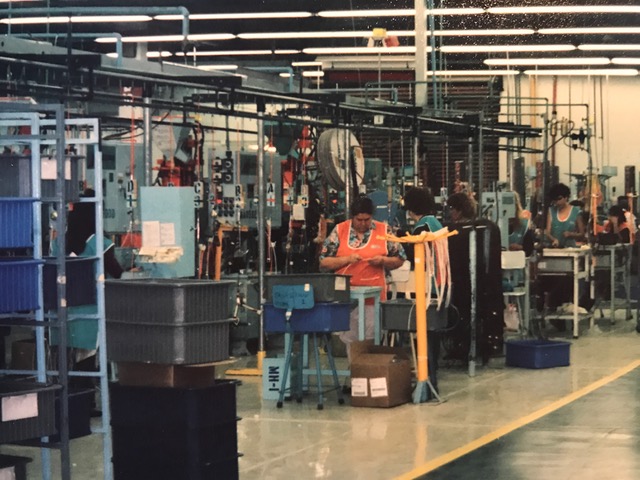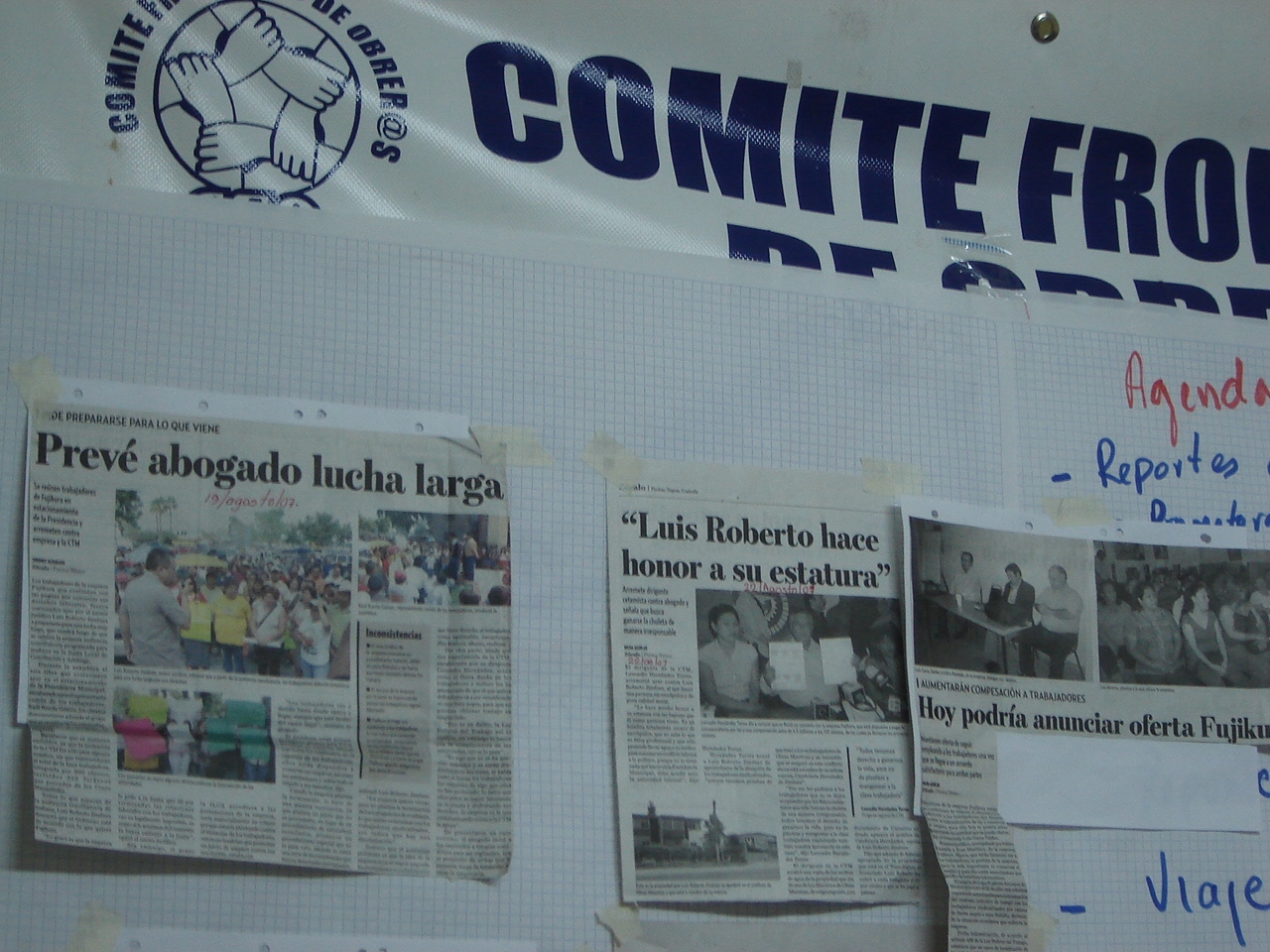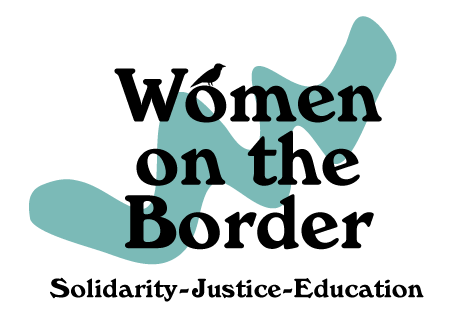Women and Globalization
Gender, Globalization, and the Women of the Maquiladoras: Before and After NAFTA

U.S. and other foreign companies have been relocating to Mexico since 1965. With the signing of the North American Free Trade Agreement (NAFTA) in 1993, cross-border trade accelerated and many more factories opened, creating thousands of new jobs. This form of industrialization has failed, however, to bring about living wages or clean and safe environments. Instead, the working class has experienced sex discrimination, harassment, wage theft, toxicity, pollution and chronic health problems that stem from the lack of safety regulations in their workplaces. Under NAFTA, Mexican workers’ ability to hold companies liable was extremely limited despite the side agreement, the North American Agreement on Labor Cooperation.
Women, especially poor women, continue to play a significant role in the maquiladoras governed by NAFTA, and now the USMCA, at the Mexican border.

The Comité Fronterizo de Obreras (CFO), wrote in their 1999 report Six Years of NAFTA (Seis Años de TLC) that free trade had failed them. Under NAFTA, wages and working conditions for maquiladora workers had gone from bad to worse. The North American Agreement on Labor Cooperation, which accompanies NAFTA, has never truly protected Mexican laborers and when invoked, doesn’t provide substantial remedies.

Women on the Border continues to support the empowerment of working women like the activists in the Comité Fronterizo de Obrer@s. See their involvement in Proyecto GEMA.
____
CONNECTING THE DOTS – HOW GLOBAL TRADE AND IMMIGRATION INTERSECT
A list of suggested readings can be found in the Women and Globalization section of our Bibliography.
